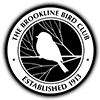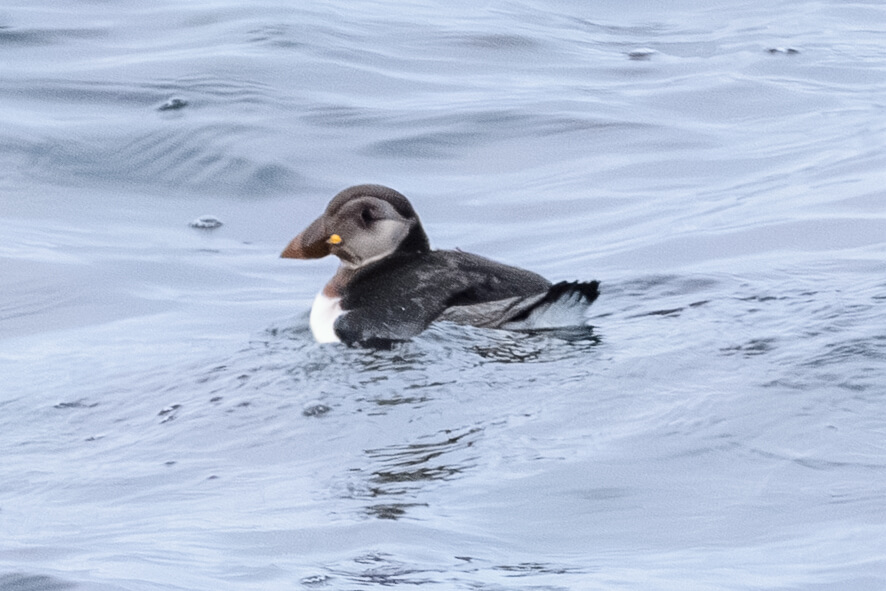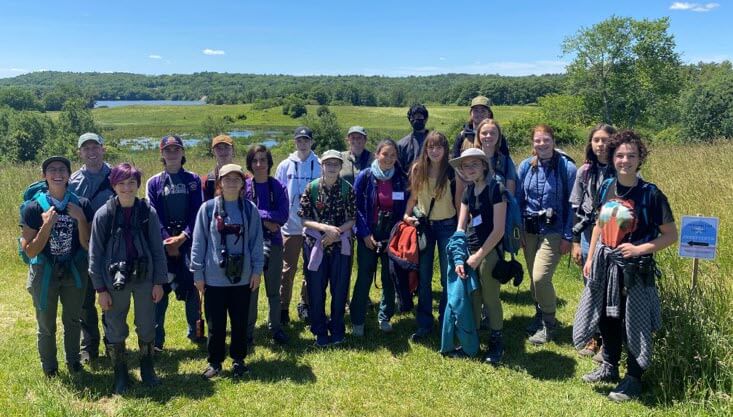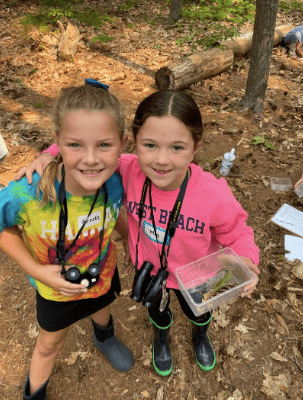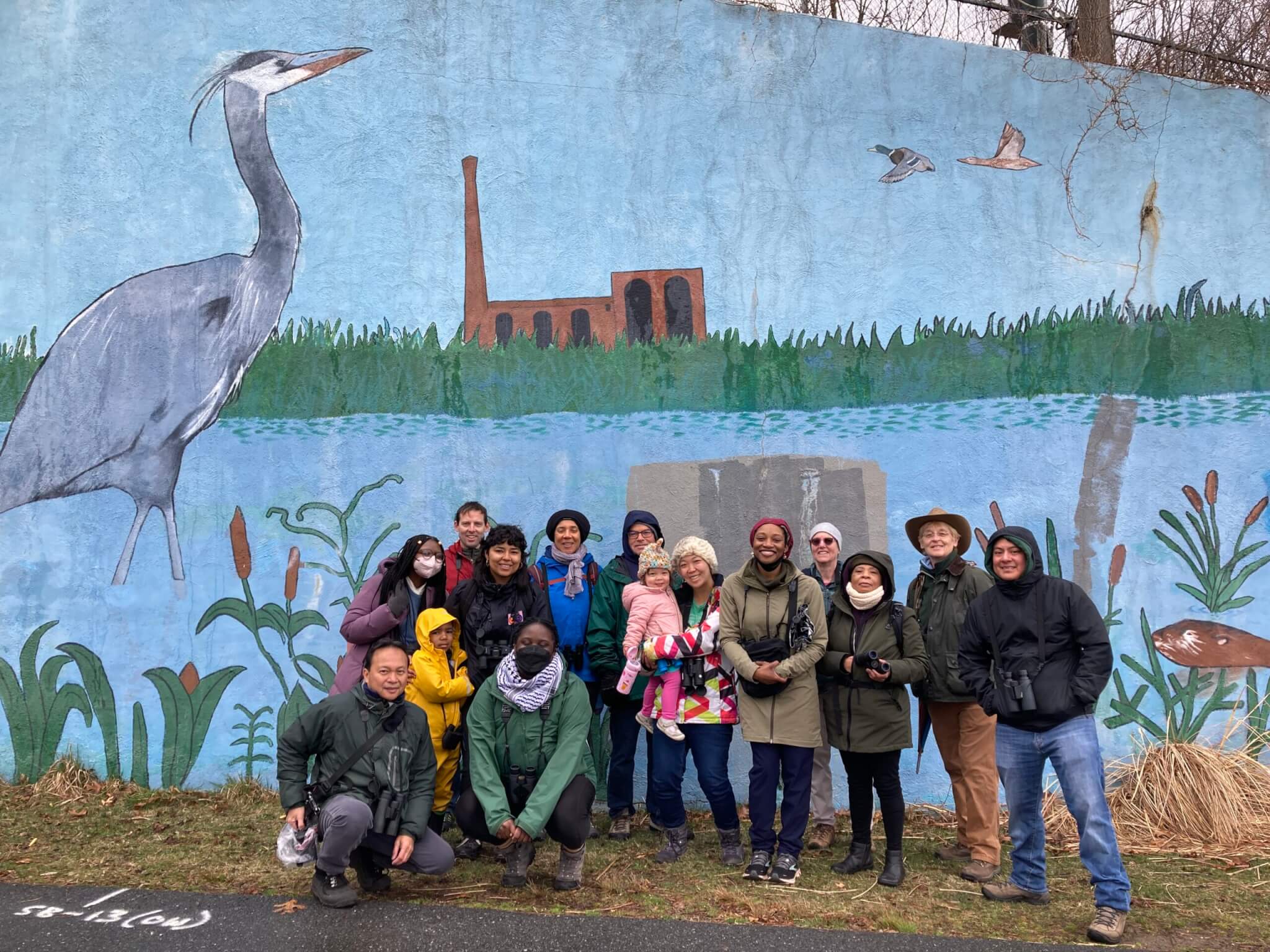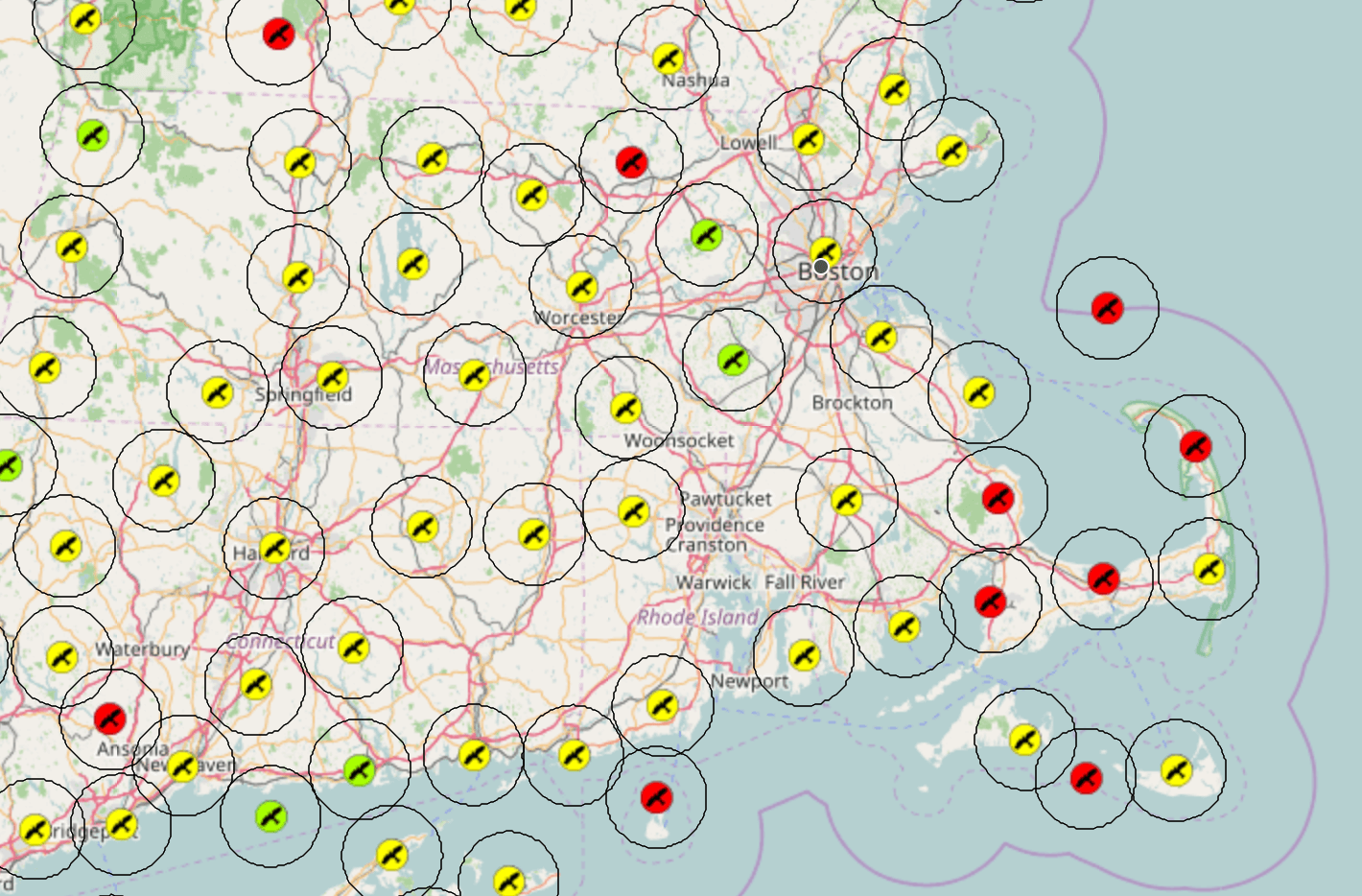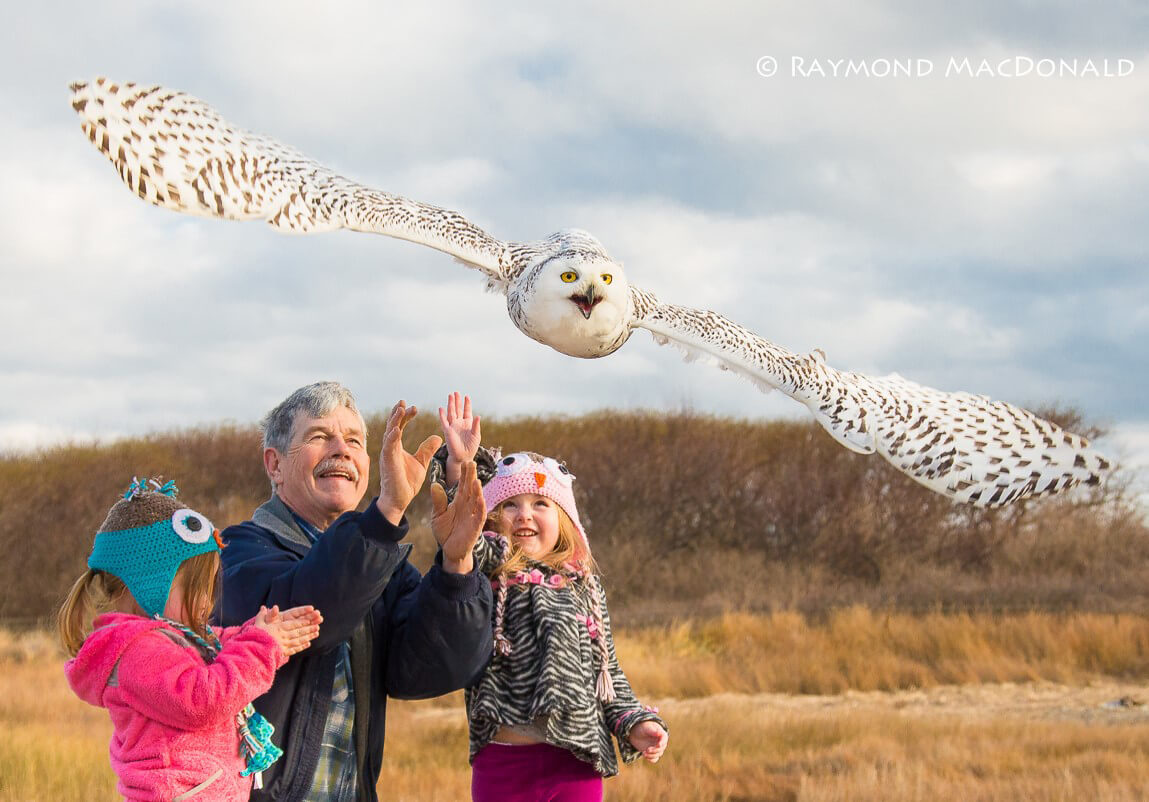Arthur C. Bent (in Life Histories of North American Blackbirds, Orioles, Tanagers and Allies, (New York: Dover, 1965), 294) described flocks of Rusty Blackbirds stretching as far as the eye could see that once migrated through Lynnfield, MA.
When the flight is well underway it is sometimes quite spectacular. Wendell Taber tells me that, at Lynnfield, Mass., on October 10, 1937, he saw a migrating flock that extended for at least a mile, or as far as he could see; the birds were flying southward on a broad front extending from east to west; the wave was from 20 to 40 birds deep from vanguard to rearguard, and only one bird deep vertically.
Rusty Blackbird populations have declined by 85-95% since the mid-1900’s http://rustyblackbird.org/species-information/conservation-issues/, but Lynnfield is still on a Rusty Blackbird migration route. Recent efforts by eBird and the International Rusty Blackbird Working Group to encourage local birders to look for Rusty Blackbirds have documented a major stopover roost in the Lynnfield Marsh. The Spring 2015 Survey Group organized by Constance Lapite (Beverly, MA) and Carol Foss (NH Audubon, International Rusty Blackbird Working Group) observed the largest number of migrating Rusty Blackbirds seen north of Pennsylvania and east of New York (ebird.org, see High Counts link from the Explore Data tab).
During the day, Rusty Blackbirds are opportunistic feeders, flipping over wet leaves and foraging in shallow wetlands both inside and outside the Lynnfield Marsh. In mid-April large flocks of Rusty Blackbirds forage north and northwest of the marsh, and the flight trajectory of blackbirds returning to the marsh passes close to the first boardwalk at Partridge Island (see map). The observation platform off of the first boardwalk offers good views of these incoming flocks.
In the hour before sunset, Rusty Blackbirds assemble on trees surrounded by marsh (Partridge Island, Railbed Island, 7th Hole) or trees adjacent to the marsh (Meadow Ln and the western edge). They vocalize with “squiggle” and “kerglee” (or gurgles and creaks http://earbirding.com/blog/archives/4193 ) often with simultaneous wing and tail-spread displays, a collection of behaviors termed “staging to roost”. Actual roosting occurs close to sunset when blackbirds drop down into the marsh to roost at ground level.
On survey nights, our approach has been to count total incoming blackbirds as they fly by the first boardwalk at Partridge Island and confirm identification when they settle on nearby trees at Partridge and/or Railbed Island. The best opportunity for close views is from the second boardwalk at Partridge Island. However, luck and patience is needed for close viewing. Compared to other blackbirds, Rusty Blackbirds flush easily. Noise or movement may prevent incoming blackbirds from settling on Partridge Island or flush them from Railbed Island to the eastern edge of the marsh.
With stationary observers noting location and time of arrival at both Partridge and Railbed Island, we are learning more about the locations preferred by Rusty Blackbirds. Rusty Blackbirds are more likely to be seen at Railbed Island than at Partridge Island. Rusties that initially stage to roost at Partridge Island fly to Railbed Island trees (or to trees southeast of the railbed) approximately ten to twenty minutes before sunset. They briefly resume staging to roost before small groups begin flying from the trees and settling into the marsh for the night.
2016 Lynnfield Marsh IBA Survey Team
Melissa Sovay, Chris Martone, Pamela Low and Linda Ireland recently joined forces with Phil Brown and Mary Margaret Halsey to start the Spring 2016 Survey. Rusty Blackbird numbers have remained relatively low through the first week of April http://ebird.org/ebird/hotspot/L207382/activity, however we expect to see hundreds of Rusty Blackbirds arriving next week (April 12-19) during peak migration.
The 2016 Lynnfield Marsh IBA Survey Team is looking for volunteers to monitor Rusty Blackbirds in the Lynnfield Marsh throughout April and begin breeding bird surveys for marsh-nesting birds in May. Since we try to record time and location with our counts, it is helpful to synchronize your watch and camera to official US time http://time.gov . Observers should plan to be in place at least an hour before sunset. Those interested in joining the Spring 2016 Survey are invited to contact Constance Lapite (shaka_pete@yahoo.com or 978.621.8641). For more information on how to document your Rusty Blackbird sighting in eBird using the Rusty Blackbird Spring Migration Blitz protocol ( Habitat; Vocalizations; Behavior) contact Linda Ireland (connecttonature@icloud.com).
Submitted by BBC member Linda Ireland (Melrose, MA) on April 10, 2016.
News Categories
Upcoming Field Trips
-
-
Belle Isle Marsh and Vicinity
East Boston - Belle Isle Parking Lot 1399 Bennington Street, Boston, MA, United StatesLed by DCR staff. We will search on foot up to one mile, on flat, easy terrain for snowy owls and other raptors, native sparrows, finches, waterfowl, and other birds. This is a traveling program by car or bike. Prepare for ticks. Ages: Adults and kids 8 years+ with adult chaperone. Binoculars recommended. ADA/Reasonable Accommodations [...]
-
CANCELLED – Early Birders @ Chestnut Hill Reservoir, Boston
Chestnut Hill Reservoir 2420 Beacon Street, Boston, MA, United StatesThis walk is CANCELLED due to a schedule conflict.
-
-
Race Point Beach
Provincetown - Race Point BeachLet’s start the year with some awesome birds! We will bird from the beach close to the parking lot. We may walk the beach depending on participants interest. Several species of alcids are possible as well as gannets, Iceland and Glaucous Gulls and three loon species. Dress for cold windy weather. We may try other [...]
-
New Year’s Day Birding — Newburyport and Vicinity
Newburyport - Cashman Park 68 Sally Snyder Way, Newburyport, MA, United StatesJoin us on our annual New Year’s Day birding trip! We may also venture on to Cape Ann. In case of inclement weather check with leader night before trip. Note that an entrance fee or pass is required to visit Parker River NWR.
-
Belle Isle Marsh and Vicinity
East Boston - Belle Isle Parking Lot 1399 Bennington Street, Boston, MA, United StatesLed by DCR staff. We will search on foot up to one mile, on flat, easy terrain for snowy owls and other raptors, native sparrows, finches, waterfowl, and other birds. This is a traveling program by car or bike. Prepare for ticks. Ages: Adults and kids 8 years+ with adult chaperone. Binoculars recommended. ADA/Reasonable Accommodations [...]
